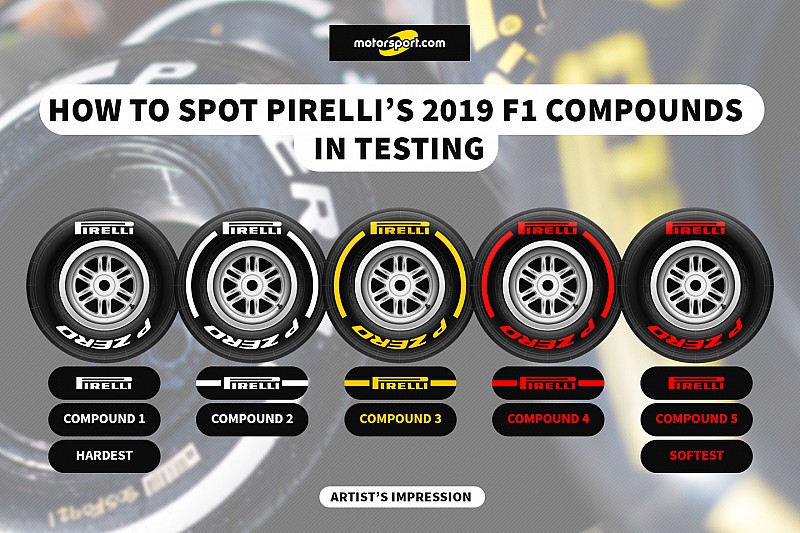Affiliate disclosure: Automoblog and its partners may be compensated when you purchase the products below.
Pirelli tires are made for speed, comfort, and expert handling. They’re well-known in the automotive industry, but are they the right tires for you?
In this review, we’ll discuss Pirelli tires in depth, including the company’s quality, popular models, costs, customer feedback, and more. We’ll also go over which kinds of drivers should consider other brands.
After researching the tire industry, our review team compiled a list of the best tires and brands currently available. To start comparing prices from a variety of highly rated brands, including Pirelli, visit TireRack.com.
Established in 1872, Pirelli is an Italian tire manufacturer best known for its high-performance models. Pirelli tires are used by some of the biggest luxury names in the industry: Maserati, Lamborghini, Audi, BMW, and Porsche, to name a few. The company is based in Milan but also has North American headquarters in Rome, Georgia. It’s the seventh largest tire manufacturer in the world.
Pirelli makes tires for cars, light trucks, SUVs, motorcycles, and bicycles. They’re not our first choice for your daily commuter, but they’re an excellent option for sports vehicles, as Pirelli tires are synonymous with performance. The company’s models are made for speed, excellent handling, and grip in wet and dry conditions. Pirelli has also made considerable efforts toward sustainability, like sourcing plant-based materials and synthetic rubbers.
Passenger tire brands, Pirelli included, report their tire ratings based on an evaluation system created by the National Highway Traffic Safety Administration (NHTSA). This system is called Uniform Tire Quality Grading (UTQG), and it grades tires – except specialized tires – based on their treadwear, traction, and temperature resistance.
Here’s an explanation of the UTQG grading system:
Treadwear: This grade estimates the longevity of your tires.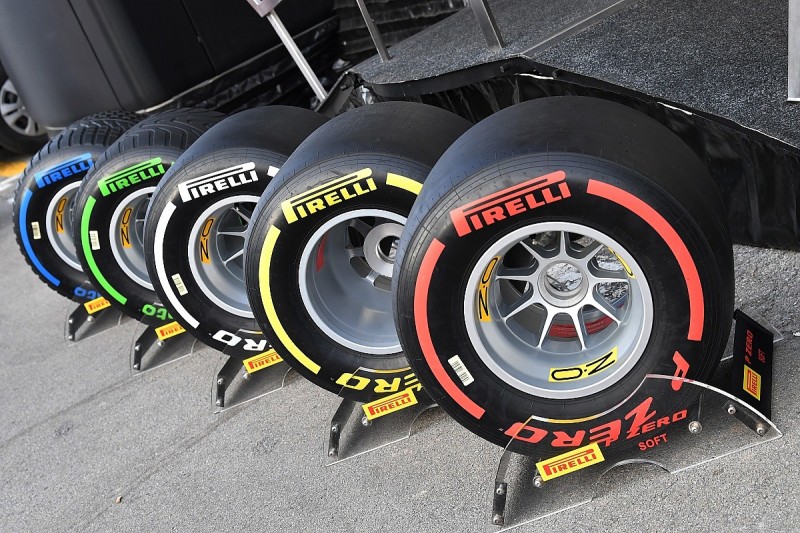 To calculate treadwear, tires are measured against a control tire given a rating of 100. If a tire has a 500 treadwear rating, that means it lasted five times longer than the control. Most passenger tires have between a 300 and 500 treadwear rating, according to data from SaferCar.gov.
To calculate treadwear, tires are measured against a control tire given a rating of 100. If a tire has a 500 treadwear rating, that means it lasted five times longer than the control. Most passenger tires have between a 300 and 500 treadwear rating, according to data from SaferCar.gov.
Traction: This grade measures how well your tires “grip” a wet road. Traction grades are given on a scale of AA, A, B, or C. Good day-to-day passenger tires typically receive an A rating.
Temperature: This grade evaluates a tire’s heat resistance on a scale of A, B, or C. Tires need to withstand different temperatures based on their specialization. Performance tires, for example, usually move at much higher speeds than all-season tires, and in turn, require higher temperature ratings.
It’s important to note that the NHTSA does not oversee UTQG tests. Tire testing and reporting are performed by manufacturers themselves or independent analysts hired by manufacturers.
Below, we’ve listed several top-rated Pirelli tire models and their treadwear, traction, and temperature ratings using data from SaferCar.gov.
| Pirelli Tire | Tire Type | Treadwear Score | Traction Score | Temperature Resistance |
|---|---|---|---|---|
P4 Four Seasons Plus | Passenger Standard touring All-season | 760 | A | B |
Scorpion Verde All Season | Crossover/SUV Touring All-season | 600 | A | A |
| Scorpion ATR | Light truck/SUV All-terrain | 520 | A | B |
| P Zero Nero All Season | Passenger Max performance Summer | 400 | A | A |
If you want to know more about a Pirelli tire you already own, you can check the tire’s sidewall for the UTQG grade.
Pirelli produces both original equipment (OE) and replacement models, and supplies tires for many prestigious car manufacturers. The most popular Pirelli tires are performance-focused. While the company does offer a few decent winter and all-terrain models, Pirelli tires are best on open roads or around the track.
The most popular Pirelli tires are performance-focused. While the company does offer a few decent winter and all-terrain models, Pirelli tires are best on open roads or around the track.
Using customer data from Tire Rack, we outlined some of the most popular Pirelli tires below. These models are well-regarded in the industry and have received largely positive reviews.
While Pirelli offers one of the longest tire warranties in the industry – a 90,000-mile treadwear warranty for the P4 Four Seasons Plus – most of its treadwear warranties are average. Since the manufacturer specializes in high-performance tires, this comes as no surprise.
Since the manufacturer specializes in high-performance tires, this comes as no surprise.
Here are a few examples of Pirelli tires’ treadwear warranties for replacement models:
Pirelli’s limited warranty covers repairs of any defective materials or workmanship after the first year of purchase or before the tire wears to 2/32-inch of the original tread.
On average, most Pirelli tires are well above $100 apiece. This is on the expensive side but is on par with the cost of Michelin and Goodyear tires. Many drivers don’t mind paying more for Pirelli tires because they’re highly specialized and often made for premium car brands.
Below, we’ve outlined the average cost of a few Pirelli tires.
| Pirelli Tire Model | Average Cost |
|---|---|
| Pirelli P4 Four Seasons Plus | $88 to $135 |
| Pirelli Scorpion Asimmetrico | $165 to $453 |
| Pirelli Scorpion All Terrain Plus | $150 to $292 |
Customer reviews can give you a better look at how Pirelli tires perform on the road and how the tires drive in different scenarios.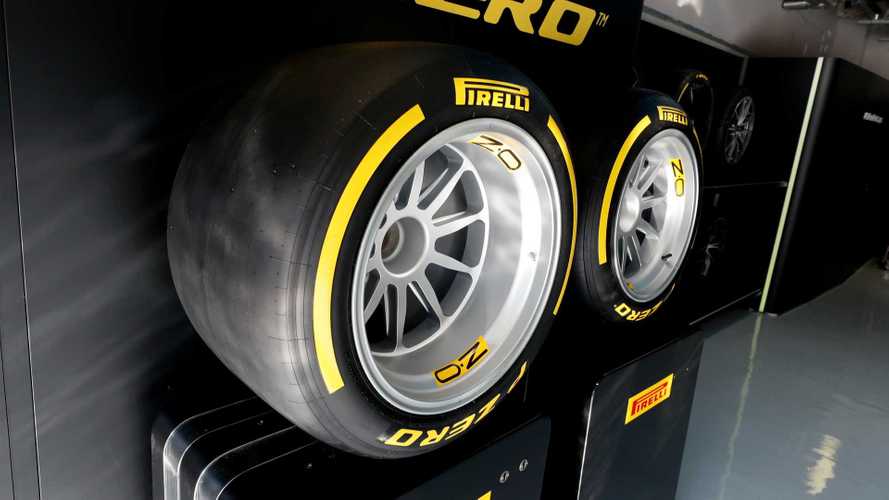 Pirelli received top marks in the 2020 J.D. Power Original Equipment Tire Customer Satisfaction StudySM for passenger tires. Out of 1,000 possible points, Pirelli scored 788, making it the frontrunner in the study.
Pirelli received top marks in the 2020 J.D. Power Original Equipment Tire Customer Satisfaction StudySM for passenger tires. Out of 1,000 possible points, Pirelli scored 788, making it the frontrunner in the study.
We detailed both positive and negative customer experiences below to give you a well-rounded idea of Pirelli’s pros and cons.
“[In] October 2016, the factory tires were replaced with Pirelli Cinturato P7s, and [I] immediately wondered why I waited so long to replace the old tires. Highway tire noise went to almost zero, [and] handling dry, wet, or [in] snow was a definite improvement. Fuel mileage [also] picked up about 0.5 mpg.”
– via Tire Rack
“[The Pirelli Scorpion Ice & Snow] are by far the best tires I’ve ever driven on in the winter. Five inches of ice and snow to three feet of snow… these tires did very well. Very comfortable tires, they do not wear fast, and they are quiet. ”
”
– via Tire Rack
“If you are driving in any significant amount of rain, [the Scorpion Verde All Seasons] are terrible. Traction is horrible. There really is not much of a tread pattern to them. Driving in heavy rain recently, I had to slow down to 55 mph on the highway.”
– via Tire Rack
“[Pirelli P6000] OEMs are horrible. Tire noise is so loud that you think you are driving a monster truck vs. an Audi A6 4.2… Someone at Audi must have gotten a payoff from the OEM to use up these tires. I [cannot] see any engineer in his right mind putting these tires on this car.”
– via Tire Rack
Pirelli is a sound choice for performance tires. Customers are often impressed with their dry handling and low noise on the road. The manufacturer also produces quality models for the eco-conscious driver. However, Pirelli tires are expensive and regularly cost upwards of $100 per tire. If you’re on a budget or want a tire better suited for the daily commute, consider other brands.
If you’re on a budget or want a tire better suited for the daily commute, consider other brands.
Michelin and Cooper are two of our top-rated tire manufacturers. Both are well-regarded in the industry and have received many positive customer reviews. In our 2021 tires review, we named Michelin tires the Best Overall and Cooper tires the Most Affordable.
Michelin produces excellent tire options across all categories, including all-season tires, summer tires, and all-terrain tires. Michelin models may have a higher price tag, but their high-quality rubber and design make them a worthwhile investment.
Learn more in our review of Michelin tires, or compare rates for Michelin tires right away at TireRack.com.
Drivers shopping for affordable tires that don’t compromise on quality should look to Cooper. A relatively new tire manufacturer, Cooper makes replacement models starting as low as $84 per tire. The tire manufacturer offers long-lasting treadwear warranties up to 80,000 miles, placing it in leagues with the industry’s more mature players.
The tire manufacturer offers long-lasting treadwear warranties up to 80,000 miles, placing it in leagues with the industry’s more mature players.
Read more in our full review of Cooper tires, or start shopping for Cooper tires at TireRack.com.
Pirelli is a strong choice for performance models and even a few winter models. However, the company’s tires are highly specialized and won’t be the right choice for every driver.
Is Pirelli better than Michelin?We rated Pirelli lower than Michelin in our 2021 best tires review, but Pirelli makes great options for luxury passenger cars. Which tire is right for you will depend on what you’re looking for.
Who are Pirelli tires made by?ChemChina makes Pirelli tires.
How long do Pirelli tires last?The longest Pirelli tread life warranty is 90,000 miles, but most of its models last between 50,000 and 65,000 miles.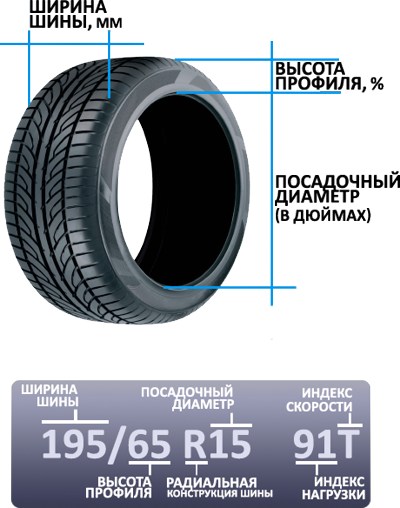
A tire’s speed rating, also call its speed index, tells you the maximum speed a tire can safely maintain over time while carrying its maximum load (which is specified in the tire load index). It is marked using a letter from A to Z, which you can then use to look up the maximum speed in miles per hour or kilometers per hour.
The rating system was developed as a standardized way to communicate how different tires ability to perform at high speeds in a test environment. With the exception of the letter H and sometimes Z, the closer the speed rating is to the end of the alphabet, the better the tire will perform at high speeds.
Using the chart, we can see the tire is rated to withstand sustained speeds of up to 149 miles per hour.
It is important to be aware that this rating is based on a test environment with tires that have not been subject to any damage.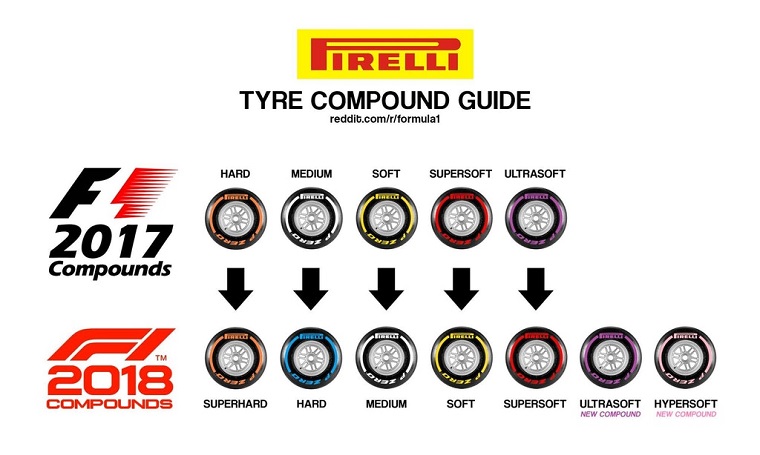
| Speed Symbol | Maximum Speed | Vehicle Type |
|---|---|---|
| L | 75 mph | Off-Road & Light Truck Tires |
| M | 81 mph | Temporary Spare Tires |
| N | 87 mph | |
| P | 93 mph | |
| O | 99 mph | Studless & Studdable Winter Tires |
| R | 106 mph | H. D. Light Truck Tires |
| S | 112 mph | Family Sedans & Vans |
| T | 118 mph | Family Sedans & Vans |
| U | 124 mph | |
| H | 130 mph | Sport Sedans & Coupes |
| V | 149 mph | Sport Sedans, Coupes & Sports Cars |
| W | 168 mph | Sport Sedans, Coupes & Sports Cars |
| Y | 186 mph | Sport Sedans, Coupes & Sports Cars |
| Z | 149 mph+ | Sports Cars, Exotic Cars |
The speed rating essentially reflects the ability of a tire to withstand or dissipate heat at high speeds. Running a tire at speeds higher than its rating can shorten the tire’s life and potentially lead to a tire damage which could result in an accident, so it is important to follow the manufacturer’s speed rating recommendations when you are choosing tires.
Running a tire at speeds higher than its rating can shorten the tire’s life and potentially lead to a tire damage which could result in an accident, so it is important to follow the manufacturer’s speed rating recommendations when you are choosing tires.
The speed rating should never be taken as the safe maximum speed of your vehicle, or as a recommendation that you should travel faster than the legal speed limit. The actual safe driving speed depends on many other factors, such as laws, weather and road conditions, and your car’s mechanical capabilities and condition. If a tire is old, worn down, underinflated or overloaded, the speed rating is no longer relevant.
The load index and speed index show up together as the last part of the tire size code.
The load index is a two or three digit number, while the speed index is a single letter at the very end of the entire size code. In the example above, the load index is 97, while the speed index is V.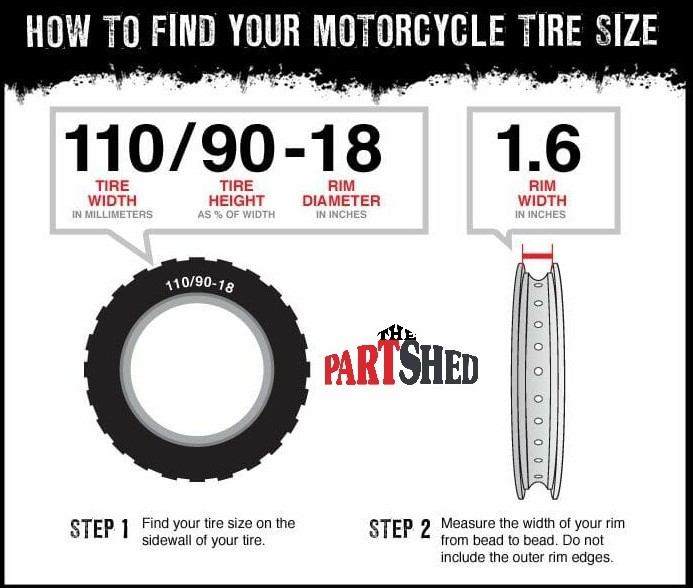
Light truck tires use the same single-letter speed rating system as other tires.
However, light trucks are not designed to travel as fast as passenger cars, so they often have lower speed ratings (often ranging between N and H).
In addition to the speed index, your tire’s sidewall contains a lot of other key information.
You can find a more in-depth description about the tire code and other markings with details on size, safety, and performance by clicking on the hyperlink.
Using the information on tire speed ratings in this article, you can search Pirelli’s catalog to find tires for your size and speed rating.
Search by car brand orsearch by tire size
01
Select your car brand
02
Select year
03
Select model
04
Select version
05
Select the result tailored for you
0003Comparative test of high-speed summer tires 225/45 R17: hostages of speed
Many tire companies have their own line of tires, born for motorsport and later adapted for "civilian" cars. But the most extraordinary transition was made by Pirelli. Only racing-hungry Italians would have thought of giving ordinary car owners a tire originally designed for the legendary Group B rally.86 years old. Just a year later, the civilian but no less iconic Ferrari F40 supercar was shod in its road version. Thirty years later, the P Zero line has grown to eleven groups, from crossover tires to Formula One tires. Road versions go to the assembly line of most sports cars, and racing versions are presented in as many as 250 different championships.
But the most extraordinary transition was made by Pirelli. Only racing-hungry Italians would have thought of giving ordinary car owners a tire originally designed for the legendary Group B rally.86 years old. Just a year later, the civilian but no less iconic Ferrari F40 supercar was shod in its road version. Thirty years later, the P Zero line has grown to eleven groups, from crossover tires to Formula One tires. Road versions go to the assembly line of most sports cars, and racing versions are presented in as many as 250 different championships.
The anniversary of the P Zero line was celebrated with the presentation of two updated models - especially important for Pirelli, because they are intended for deliveries to automakers' conveyors. The P Zero model in two versions is addressed to premium sedans and sports cars, while the P Zero Corsa model (representative of the Extreme Performance class) is addressed to supercars.
The new tires are currently only available in certain sizes and special versions homologated for the assembly line.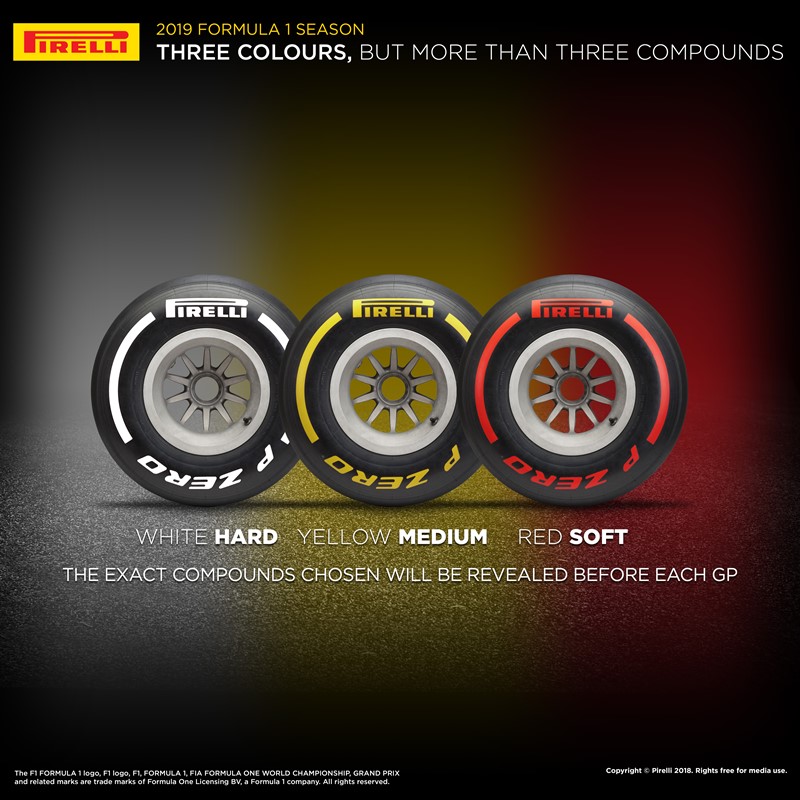 The entire P Zero line is produced exclusively abroad. In Russia, the fresh model will begin to be sold in the next summer season. Naturally, there is no information about prices or results of comparative tests yet. But we can judge the competitiveness of the basic version of the previous P Zero model in 225/45 R17 dimensions based on the estimates of our expert group (SR, 2016, No. 4, “Hostages of Speed”): the tire showed good performance and at the same time turned out to be quite affordable .
The entire P Zero line is produced exclusively abroad. In Russia, the fresh model will begin to be sold in the next summer season. Naturally, there is no information about prices or results of comparative tests yet. But we can judge the competitiveness of the basic version of the previous P Zero model in 225/45 R17 dimensions based on the estimates of our expert group (SR, 2016, No. 4, “Hostages of Speed”): the tire showed good performance and at the same time turned out to be quite affordable .
Pirelli tires, in particular the P Zero range, is the leader in the number of models designed specifically for homologation for specific car models: taking into account different sizes, there are about a thousand of them. Special versions are created in collaboration with tire manufacturers and automakers to unlock the full potential of the car. Mostly these tires go to assembly lines. Outwardly, they resemble their standard version, but differ in a unique compound recipe and frame design.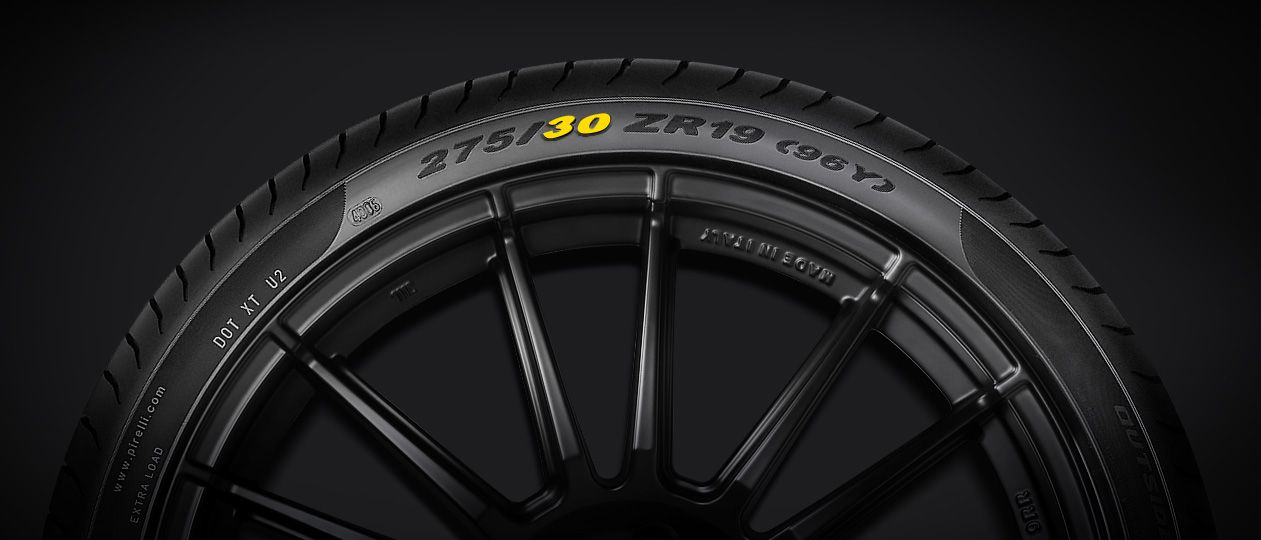 On the race track, a car fitted with specially designed tires will outperform the equivalent model on standard tires. Homologated tires are marked with additional symbols in the marking. For example, BMW has an asterisk, Audi has RO or AO, and Ferrari has F or FO.
On the race track, a car fitted with specially designed tires will outperform the equivalent model on standard tires. Homologated tires are marked with additional symbols in the marking. For example, BMW has an asterisk, Audi has RO or AO, and Ferrari has F or FO.
The tread patterns of the two versions of the P Zero (for premium sedans (1) and sports cars (2) and P Zero Corsa (for supercars - 3) have a similar basis. The inner side is responsible for work in rain conditions , and the outer one is for dry pavement (shown in red). With the transition from a civilian car to a supercar, part of the tread turns into a semi-slick. The new P Zero model used Formula 1 technology called F1 Bead. A special hard rubber compound was used in the bead area, resulting in a stronger carcass and more even distribution of forces across the sidewall, resulting in improved lateral grip, allowing for more aggressive cornering.0003
Changed the contact patch for uniform wear and increased resource.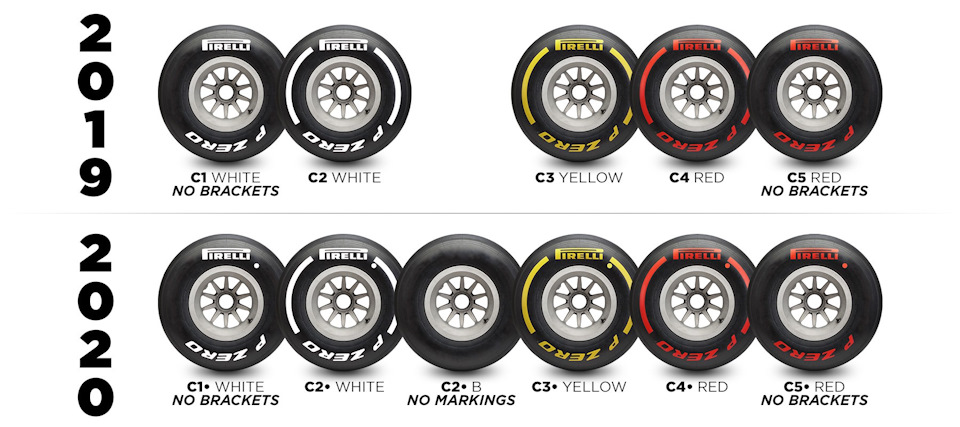 A new tread pattern with uneven grooves has reduced the noise level in the car.
A new tread pattern with uneven grooves has reduced the noise level in the car.
The size and number of grooves have been increased, and water removal from the contact patch has become 10% more efficient.
Rolling resistance reduced by 15% due to improved molds, reduced tire weight and the use of materials with a high content of silicon dioxide (over 80%).
Fast tires Pirelli P Zero: Italian mentality
Pirelli P Zero fast tires: Italian mentality
Photo: Pirelli
Pirelli P Zero fast tires: Italian mentality
Fast tires Pirelli P Zero: Italian mentality
Our new video
Test of the most modern in the history of the Volga GAZ-3111
Anti-crisis UAZ Patriot: the pros and cons of "simplification"
3 good reasons to buy an old Vesta instead of a new Granta
Like this article? Subscribe and you will always be in the know!
Driving in Zen
News smi2. ru
ru
Pirelli review Our opinion: Pirelli tires are loved by high-speed enthusiasts and luxury car owners. The company manufactures tires with exceptional performance characteristics, as well as several well-known winter tire models. Our team loves Pirelli's focus on fuel economy and sustainability. However, Pirelli tires are not the best option for drivers on a budget. Industry position: Tire variety: Availability: Customer satisfaction: Pros: Good winter tires Strong reputation in the industry Excellent performance tires Eco-friendly and economical technology Cons: Expensive tires can wear out quickly Some reports of problems with wet handling4
Pirelli tires are built for speed, comfort and excellent handling. They are well known in the automotive industry, but are they right for you?
In this review, we will discuss Pirelli tires in detail, including the company's quality, popular models, cost, customer reviews and more. We'll also look at what drivers other brands should consider.
After researching the tire industry, our team of experts has compiled a list of the best tires and brands currently available. To start a price comparison of various highly rated brands, including Pirelli, visit TireRack.com.
Founded in 1872, Pirelli is an Italian tire manufacturer best known for its high performance models. Pirelli tires are used by some of the biggest luxury brands in the industry: Maserati, Lamborghini, Audi, BMW and Porsche, just to name a few. The company is based in Milan but also has its North American headquarters in Rome, Georgia. It is the seventh largest tire manufacturer in the world.
Pirelli manufactures tires for passenger cars, light trucks, SUVs, motorcycles and bicycles. They are not the best choice for everyday driving, but they are a great option for sports cars as Pirelli tires are synonymous with performance. The company's models are built for speed, excellent handling and grip in wet and dry conditions.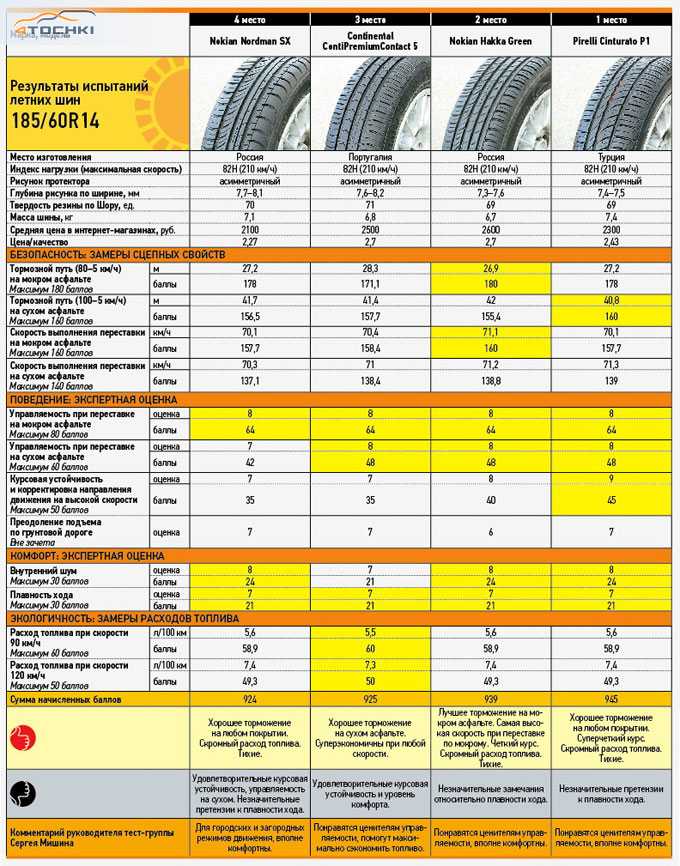 Pirelli has also made significant efforts to ensure sustainability, for example in the search for plant-based materials and synthetic rubbers.
Pirelli has also made significant efforts to ensure sustainability, for example in the search for plant-based materials and synthetic rubbers.
Passenger tire brands, including Pirelli, report their tire ratings based on a rating system created by the National Highway Traffic Safety Administration (NHTSA). This system is called Uniform Tire Quality Grading (UTQG), and it grades tires - with the exception of specialist tires - based on their tread wear, traction, and heat resistance.
Here is an explanation of the UTQG grading system:
Tread wear: this rating determines the life of your tires. To calculate tread wear, tires are compared to a control tire that is rated 100. If a tire has a tread wear rating of 500, it means it has lasted five times longer than the control. According to SaferCar.gov, most passenger car tires have tread wear between 300 and 500.
Clutch. This grade determines how well your tires hold up in the wet.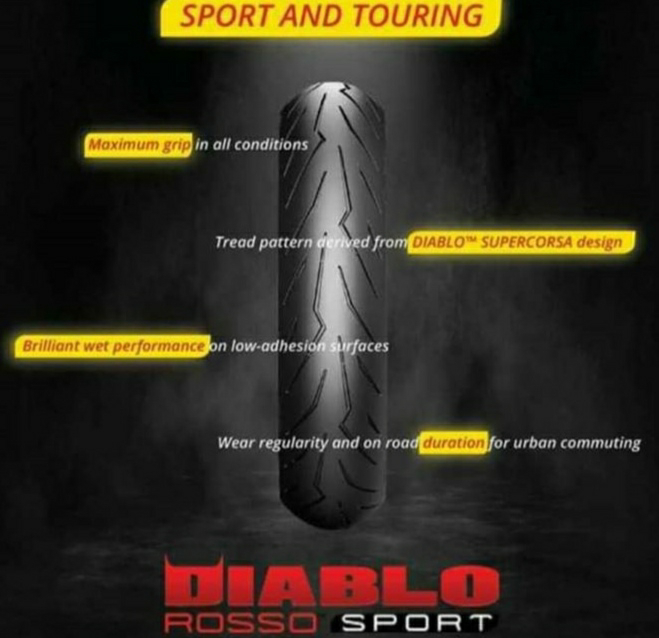 Traction ratings are given on an AA, A, B, or C scale. Good tires for everyday use usually get an A rating.
Traction ratings are given on an AA, A, B, or C scale. Good tires for everyday use usually get an A rating.
Temperature . This grade ranks the tire's heat resistance on an A, B, or C scale. Tires must withstand different temperatures depending on their specialty. For example, high performance tires typically run at much faster speeds than all season tires and in turn require higher temperature ratings.
It is important to note that the NHTSA does not oversee the UTQG tests. Tire testing and reporting is carried out by the manufacturers themselves or by independent analysts hired by the manufacturers.
Below we have listed several of the top rated Pirelli tire models along with their tread wear, grip and temperature performance using data from SaferCar.gov.
| Pirelli tires | Tire type | Wear rating | Traction rating | Heat resistance |
|---|---|---|---|---|
| P4 Four Seasons Plus | Passenger Standard station wagon All seasons | 760 | A | B |
| Scorpion Verde All Season | Crossover / SUV Touring All seasons | 600 | A | A |
| Scorpion ATR | Light Truck / SUV Off-Road | 520 | A | B |
| P Zero Nero All Season | Passenger Maximum performance Summer | 400 | A | A |
If you want to know more about a Pirelli tire you already own, you can check the sidewall of the tire for UTQG class.
Pirelli manufactures both original equipment (OE) and replacement models and supplies tires to many prestigious car manufacturers. Pirelli's most popular tires are performance oriented. While the company offers some decent winter and all-terrain models, Pirelli tires are best suited for open roads or trails.
Using customer data from Tire Rack, we have listed some of Pirelli's most popular tires below. These models are well known in the industry and have received mostly positive reviews.
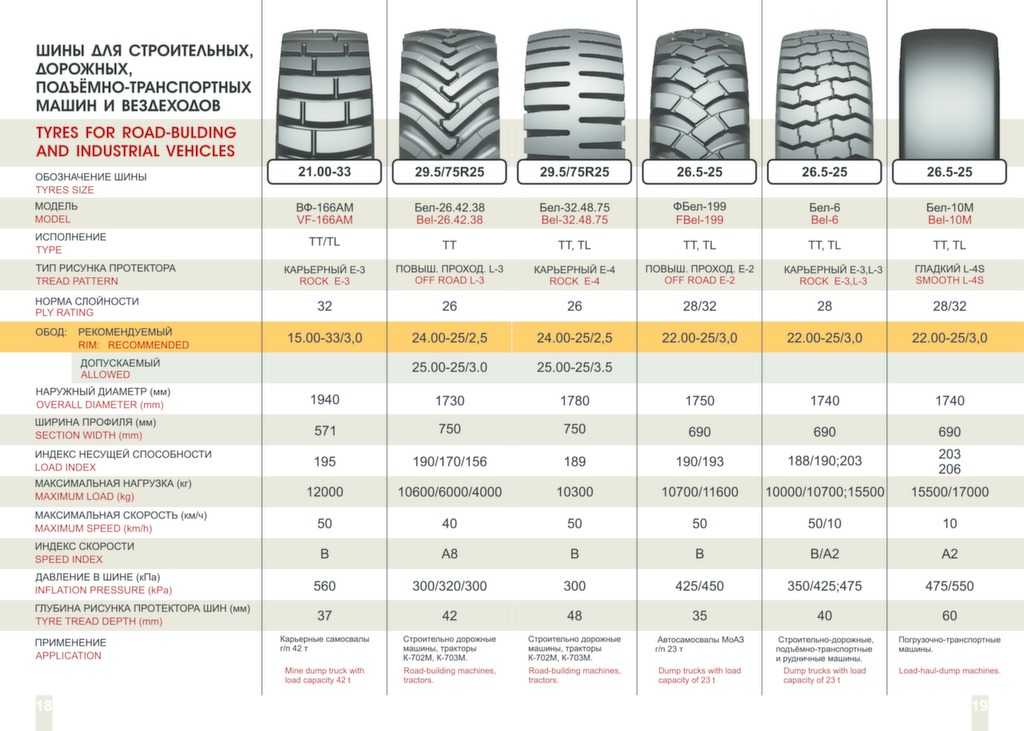
While Pirelli offers one of the longest tire warranties in the industry, the P4 Four Seasons Plus tread warranty for
Here are some examples of Pirelli tire tread warranties for replacement models:
Pirelli's limited warranty covers the repair of any defective materials or workmanship after the first year of purchase or before the tire wears 2/32 of an inch from the original tread.
On average, most Pirelli tires cost well over $100 each. This is too expensive, but comparable to the cost of Michelin and Goodyear tires. Many drivers don't mind paying more for Pirelli tires because they are highly specialized and often made for premium cars.
This is too expensive, but comparable to the cost of Michelin and Goodyear tires. Many drivers don't mind paying more for Pirelli tires because they are highly specialized and often made for premium cars.
Below we have listed the average cost of several Pirelli tires.
| Pirelli tire model | Average cost |
|---|---|
| Pirelli P4 Four Season Plus | $88 to $135 |
| Pirelli Scorpion Asimmetrico | $165 to $453 |
| Car Pirelli Scorpion All Terrain Plus | $150 to $292 |
Customer reviews can give you a better idea of how Pirelli tires perform on the road and how the tires perform in various scenarios. Pirelli received top marks in J.D.'s passenger car tire consumer satisfaction survey. Power Original Equipment Tire 2020 SM . Out of 1,000 possible points, Pirelli scored 788, making it the leader of the study.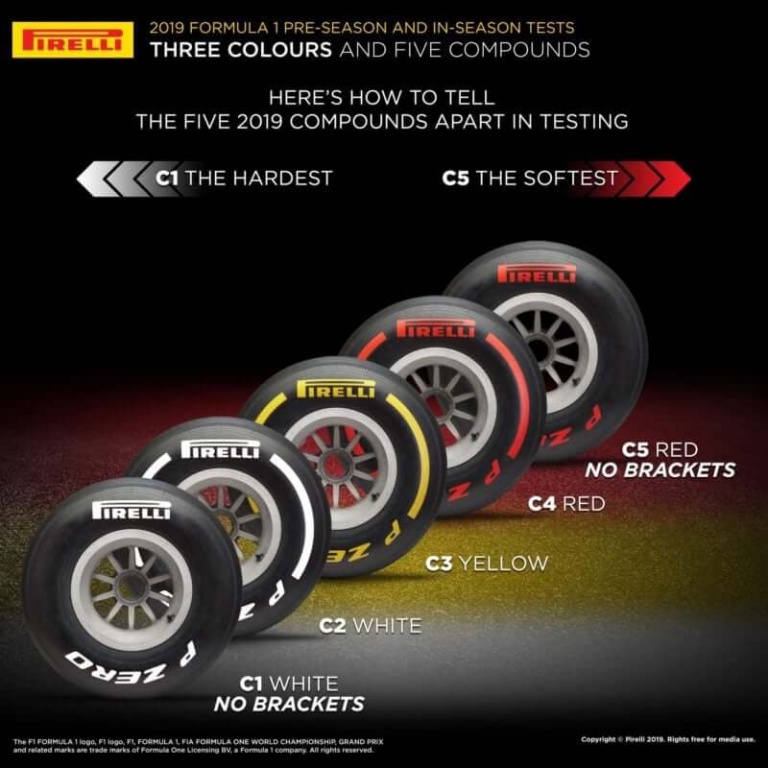
We have detailed both positive and negative customer reviews below to give you a comprehensive view of the pros and cons of Pirelli.
“[In] October 2016, the factory tires were replaced with Pirelli Cinturato P7s , and [I] immediately wondered why I had waited so long to change the old tires. Tire noise dropped to almost zero, and handling on dry, wet or snowy roads was a clear improvement. Fuel consumption [also] increased by about 0.5 mpg." - via Tire Rack
“[ Pirelli Scorpion Ice & Snow ] are by far the best tires I have ever ridden in winter. Five inches of ice and snow to three feet of snow…these tires performed very well. Very comfortable tires, they do not wear out quickly and silently.” - Via Tire Rack
“If you drive in heavy rain, [ Scorpion Verde All Seasons ] is terrible. The traction is terrible.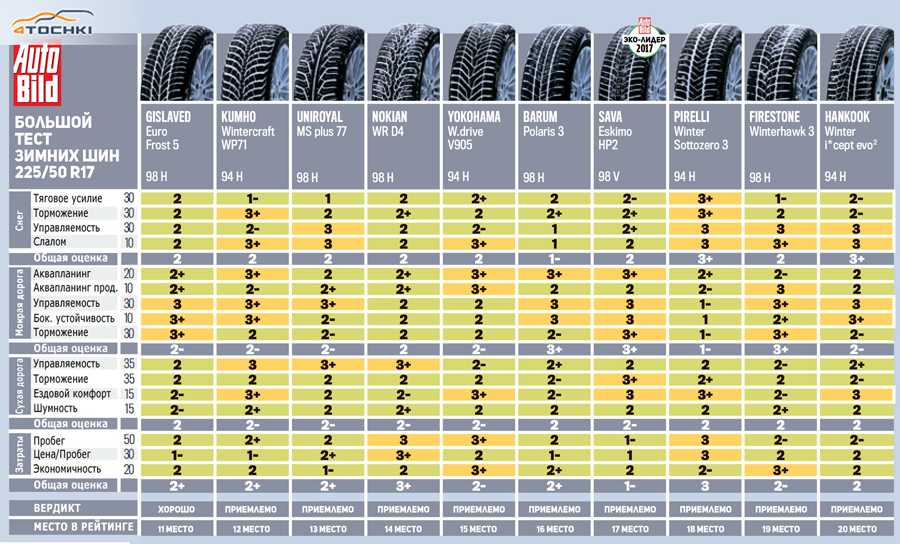 They don't really have much tread pattern on them. I was driving in pouring rain recently and had to slow down to 55 mph on the highway.” - via Tire Rack
They don't really have much tread pattern on them. I was driving in pouring rain recently and had to slow down to 55 mph on the highway.” - via Tire Rack
Pirelli P6000 ] Original equipment manufacturers are terrible. The noisy noise is so loud that you think you are driving a monster truck and not an Audi A6 4.2… Someone at Audi must have received a reward from the manufacturer for using these tires. I [don't] see an engineer in their right mind putting these tires on this car." — via Tire Rack
Pirelli is a good choice for high performance tires. Customers are often impressed by their dry handling and low road noise. The manufacturer also produces high-quality models for an eco-friendly driver. However, Pirelli tires are expensive and typically cost over $100 per tyre. If you're on a budget or want a tire that's better suited for your daily commute, consider other brands.
Tires Michelin and Cooper are our two top rated tire manufacturers.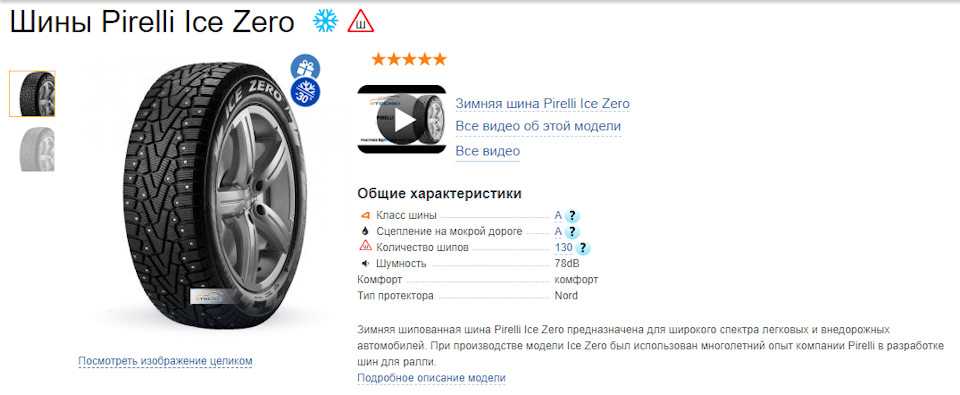 Both are well known in the industry and have received many positive customer reviews. In our 2021 tire review, we named Michelin tires the best overall and Cooper tires the most affordable.
Both are well known in the industry and have received many positive customer reviews. In our 2021 tire review, we named Michelin tires the best overall and Cooper tires the most affordable.
Michelin makes great tire options for all categories, including all-season, summer and all-terrain. Michelin models may have a higher price tag, but their high quality tires and design make them a worthwhile investment.
Find out more in our Michelin tire review or compare Michelin tire prices directly on TireRack.com.
Drivers looking for affordable tires without sacrificing quality should look to Cooper. A relatively new tire manufacturer, Cooper makes replacement models starting at $84 per tyre. The tire manufacturer offers a long tread wear guarantee of up to 80,000 miles, putting it in the league of more mature players in the industry.
Find out more in our full Cooper tire review or start buying Cooper tires at TireRack.